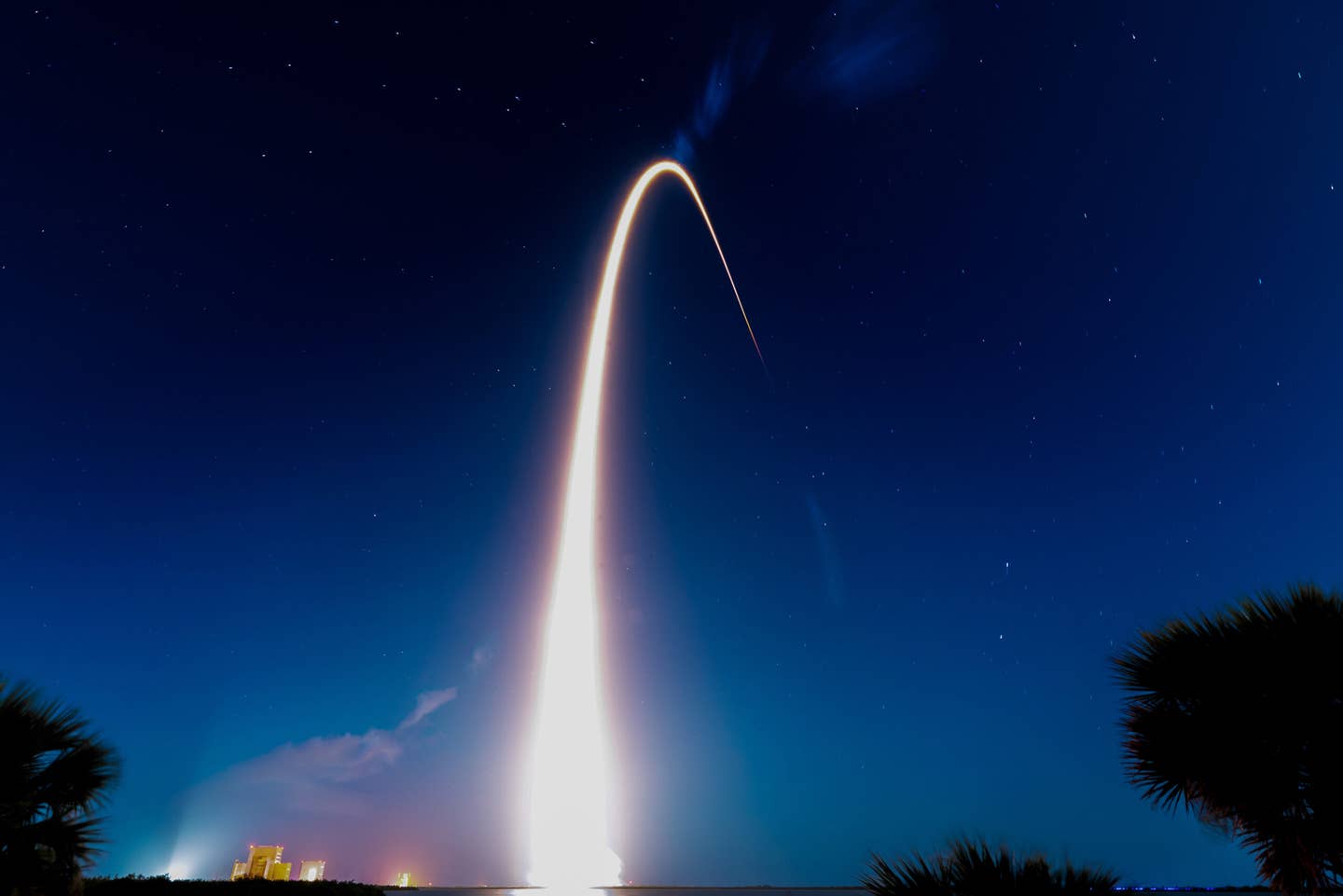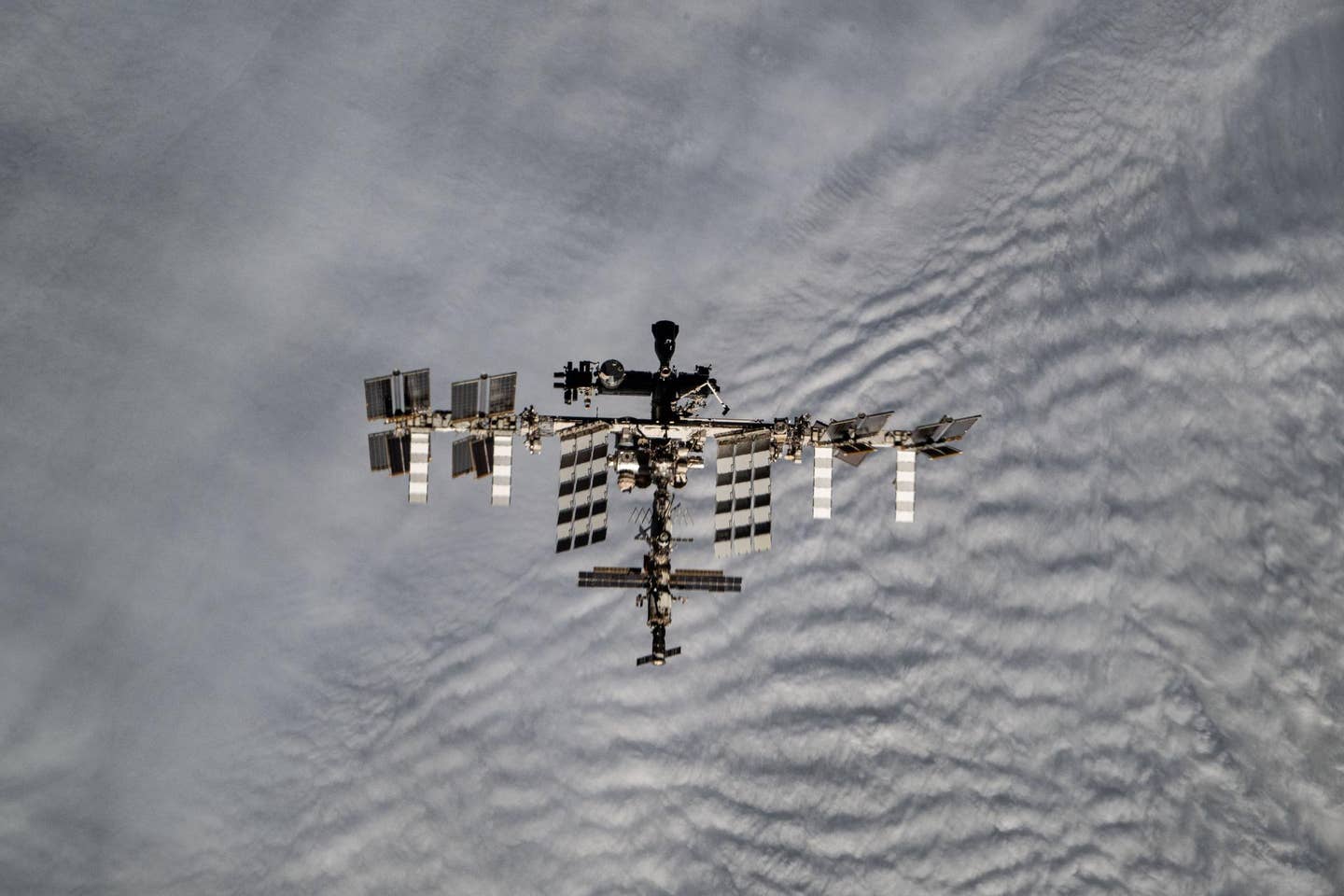GAO: NASA’s Artemis III Moon Landing Timeline ‘Unlikely’
Challenges persist with spacesuits and lunar lander development, the watchdog agency said.

Artist’s Illustration: Two suited crew members work on the lunar surface. One in the foreground lifts a rock to examine it while the other photographs the collection site in the background. [Courtesy: NASA]
NASA's current timeline for landing humans on the moon is "unlikely," according to a new U.S. Government Accountability Office (GAO) assessment of challenges plaguing the Artemis III mission.
The space agency is on course to miss its timeline for the Artemis III crewed lunar landing mission, currently planned by December 2025, due to challenges with spacesuits and lunar lander development, the watchdog agency said in a November 30 report.
Among the challenges are delays with the Human Landing System (HLS)—a Starship variant that is being developed by SpaceX. NASA initially scheduled the program to take 79 months from start to launch. It's an "ambitious schedule," and 13 months shorter than the average major NASA project, GAO said.
"The complexity of human spaceflight suggests that it is unrealistic to expect the program to complete development more than a year faster than the average for NASA major projects, the majority of which are not human spaceflight projects," the agency said. "GAO found that if development took as long as the average for NASA major projects, the Artemis III mission would likely occur in early 2027."
Contributing to the slipping of the lunar lander's readiness date is that eight of 13 key events, such as critical demonstrations, have been delayed, two until 2025. SpaceX also faces a backlog of technical work to complete, according to GAO.
"A critical aspect of SpaceX's plan for landing astronauts on the moon for Artemis III is launching multiple tankers that will transfer propellant to a depot in space before transferring that propellant to the human landing system," GAO said. "NASA documentation states that SpaceX has made limited progress maturing the technologies needed to support this aspect of its plan."
- READ MORE: Astronauts Test Artemis Moon Camera
The commercial modernization of spacesuits are also suffering from design challenges, the GAO added. Axiom, the company contracted by NASA for the redesign, has found the space agency's original spacesuit design that it was leveraging for reference didn't include the minimum amount of emergency life support needed for the upcoming lunar mission, GAO said.
"As a result, Axiom representatives said they may redesign certain aspects of the spacesuit, which could delay its delivery for the mission," GAO added.

Sign-up for newsletters & special offers!
Get the latest FLYING stories & special offers delivered directly to your inbox






